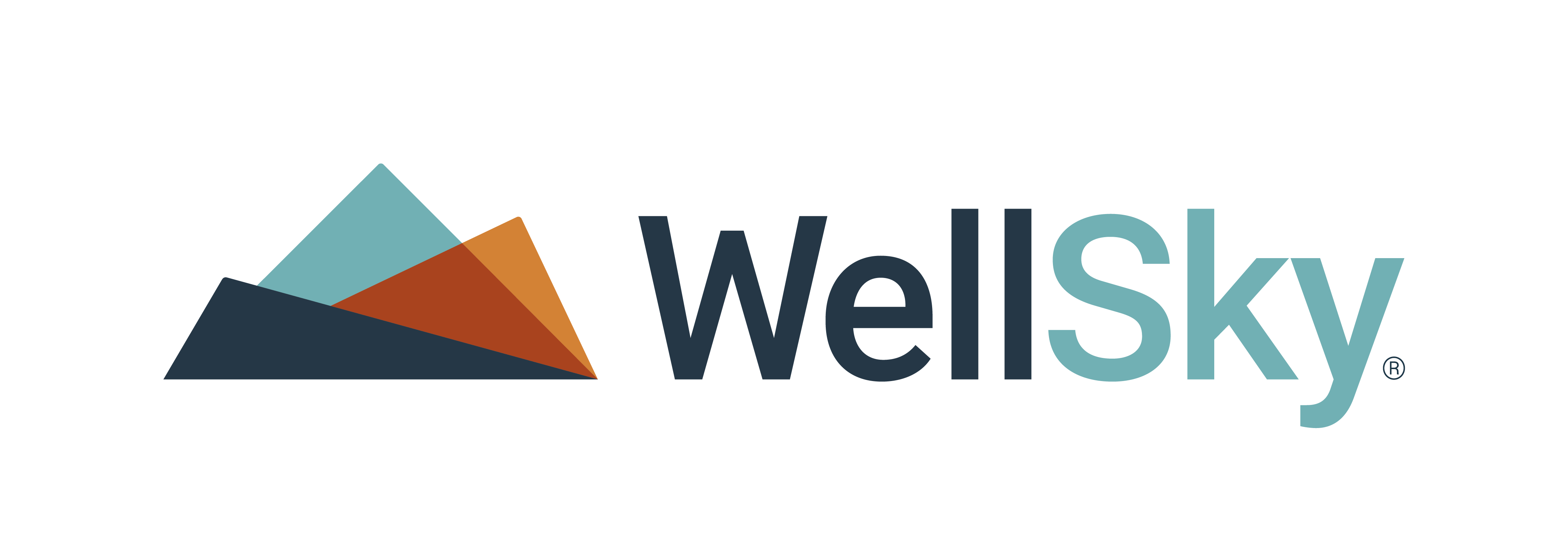The home care industry is riddled with regulations, so it can sometimes be tough to keep track of everything as your agency grows. We've compiled a list of the major federal regulations that you need to pay attention to today. (The list doesn't include state regulations, which are varied and can also be extensive and just as important to compliance and success — so be sure to check out your local mandates, too!)
Top 4 Federal Home Care Regulations To Keep Your Eye On
While there are a ton of categories to cover, there are a few regulations that really stand out as the ones you've got to be hyper aware of.
Caregiver payment regulations
Caregiver payment is one of the stickiest topics in home care, and it seems like the rules frequently change in big ways. The top requirements to keep in mind:
• Travel time, meal and break periods, pre-hire and orientation periods and on-call time for non-exempts
Regulations around these payment obligations are detailed and extensive. Angelo Spinola, who represents employers across the country in collective, class and hybrid actions brought under the Fair Labor Standards Act and various state wage and hour laws, wrote a fantastic white paper on the topic. It's the first in a series; look for the others as they're released on our blog.
• What about sleep time?
The Department of Labor just released more information about how the Fair Labor Standards Act treats the topic that we highly suggest reading.
• Companionship exemption changes
Just this past year, caregivers lost the companionship exemption. That means live-in caregivers are no longer exempt, and that even in companionship arrangements, the caregivers will earn overtime. Agencies who are doing a lot of live-in care now need to either A) assign more caregivers to a shift or B) pay out overtime.
Employee payment regulations
Though many of the same regulations apply for office employees as for caregivers, we see this as a separate category that deserves attention.
• Recordkeeping of payment under FLSA
Sometimes, the task of recordkeeping can seem towering and impossible. But if you want to stay compliant and keep your agency in good health, you must keep records on your non-exempt employees and their schedules and payments. Some of these records include:
- Total hours worked each workweek.
- Basis on which employee's wages are paid (e.g., "$9 per hour", "$440 a week", "piecework")
- Regular hourly pay rate.
Safety regulations
The Centers for Medicare & Medicaid Services (CMS) has issued a final rule on national emergency preparedness requirements for 17 providers, including home health and hospice. This regulation mandates planning with a focus on employee and patient safety. Writes the National Association for Home Care and Hospice, the new rule "imposes detailed requirements that will be costly, time intensive, and will involve a broad range of organizational employees to implement." Start working toward this now.
Licensure requirements
About 70 percent of states require licensure for providers or caregivers. Be sure you're a member of your state's group and are on the list serve so you can always find out about the latest changes. Sometimes those groups give you opportunities to hear from lobbyists and auditors. It's important to get and stay plugged in with your state association so you can attend meetings and stay ahead of regulations.
Additional items: growing your agency
If you're in a growth phase, regulations might change for you as you gain new employees. The Affordable Care Act, for example, has an employer mandate for larger employers. Last year the threshold was 100 employees; now it's 50. Monitoring those types of changes and your numbers can work for you as you grow. Using the right tools, you can track your employees' statuses based on previous employee count and resulting predictions, so you always know where your agency stands.
Have questions about federal home care regulations? Or do you need to know about your state's laws? We suggest browsing nahc.org for more.










